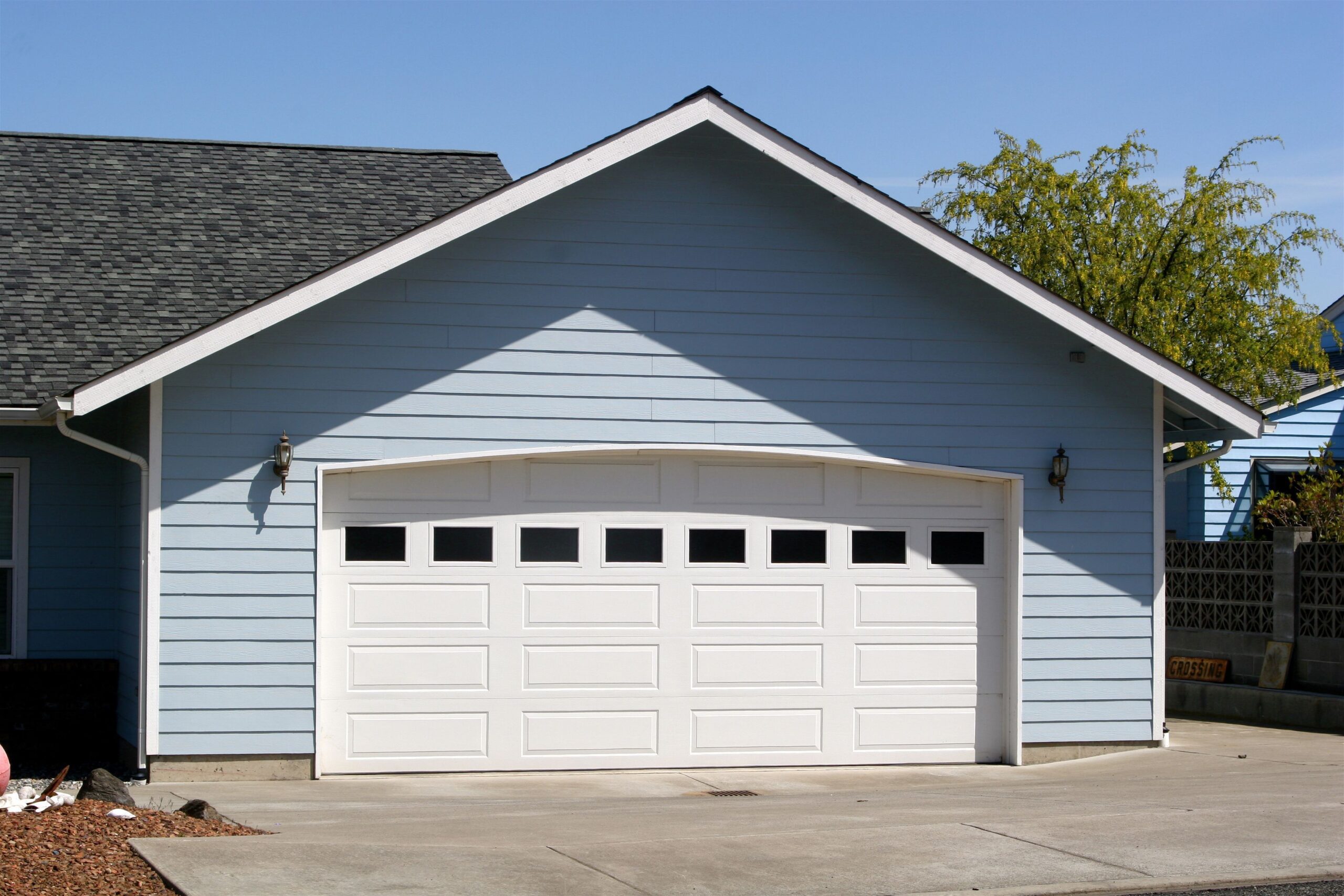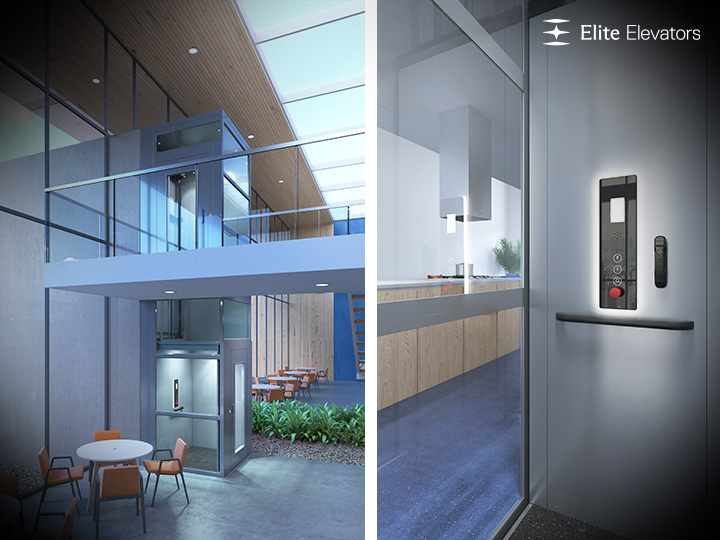Digital locks have come a long way from their humble beginnings, transforming the way we secure our homes, offices, and valuable possessions. These innovative devices have revolutionized access control, offering a blend of convenience, security, and cutting-edge technology. In this comprehensive article, we will explore An digital lock in depth, covering their history, types, benefits, applications, and future prospects.
1. The Evolution of Locks: From Mechanical to Digital
Locks have been an integral part of human history, dating back to ancient civilizations. The primary function of a lock is to secure access, and over time, various mechanisms have been developed to achieve this goal. The history of locks can be divided into several phases:
a. Mechanical Locks: Mechanical locks, such as pin tumbler locks, lever locks, and cylinder locks, were the norm for centuries. These locks relied on physical mechanisms and keys to control access.
b. Electronic Locks: The advent of electricity brought about electronic locks in the mid-20th century. These locks replaced physical keys with electronic keycards or PIN codes. While more convenient than traditional locks, they still had limitations.
c. Digital Locks: Digital locks represent the latest phase in lock technology. They incorporate advanced electronics and digital components to provide improved security, convenience, and flexibility.
2. Types of Digital Locks
Digital locks come in various types, each with its own unique features and applications:
a. Keypad Locks: Keypad locks require users to enter a PIN code to gain access. They are commonly used for residential doors, safes, and small-scale commercial applications. Keypad locks are convenient as they eliminate the need for physical keys.
b. Biometric Locks: Biometric locks use physiological or behavioral characteristics, such as fingerprints, retinal scans, or facial recognition, to authenticate users. These locks offer a high level of security and are frequently used in government facilities, corporate offices, and high-security environments.
c. Smart Locks: Smart locks are integrated with electronic devices, such as smartphones and smart home systems. They can be controlled remotely using a mobile app, enabling users to grant access to guests or monitor the lock’s status while away from home. Smart locks come in various forms, including keypad, biometric, and keycard options.
d. Keycard Locks: Keycard locks use electronic cards with encoded data to grant access. These cards can be swiped or inserted into the lock, making them common in hotels, offices, and apartment complexes.
e. Fingerprint Locks: Fingerprint locks use biometric technology to recognize and authenticate users’ fingerprints. They offer a high level of security and are commonly found in high-security environments and personal safes.
f. Remote-Controlled Locks: Remote-controlled locks are controlled via remote devices, allowing users to lock or unlock doors from a distance. They are used in a variety of applications, including automotive, residential, and commercial settings.
3. Benefits of Digital Locks
Digital locks offer several key advantages over traditional mechanical locks and even earlier electronic locks:
a. Enhanced Security: Digital locks provide advanced security features, such as encryption, multi-factor authentication, and tamper detection. Biometric locks, in particular, offer a high level of security as they are unique to each user.
b. Convenience: Digital locks eliminate the need for physical keys, which can be lost or stolen. Users can access their properties or assets using PIN codes, biometrics, keycards, or remote control, offering a high degree of convenience.
c. Remote Control: Smart locks can be controlled remotely through mobile apps, enabling users to manage access even when they are not physically present. This is particularly useful for granting access to guests, monitoring access history, and ensuring security from anywhere.
d. Customization: Digital locks often offer features like time-sensitive access, allowing users to grant temporary access to guests or service providers. This customization is beneficial for homeowners, businesses, and rental properties.
e. Audit Trails: Digital locks maintain detailed access logs, which can be reviewed to track and monitor access history. This is valuable for security, accountability, and compliance.
f. Durability and Longevity: Many digital locks are constructed with high-quality materials and finishes, making them durable and resistant to environmental factors like corrosion and wear.
4. Applications of Digital Locks
Digital locks have a wide range of applications across different sectors:
a. Residential: Digital locks have gained popularity in residential settings. Homeowners appreciate the convenience of keyless entry, remote control, and the ability to grant access to guests or service providers with ease.
b. Commercial: Businesses and organizations often use digital locks for securing access to offices, storage areas, and sensitive data. Keypad locks, keycard locks, and biometric locks are common choices for businesses.
c. Hospitality: Hotels use keycard locks to provide guests with secure access to their rooms. These locks offer flexibility in granting and revoking access to rooms for check-ins and check-outs.
d. Industrial: Industrial facilities and warehouses often require high-security access control. Biometric and smart locks are used to ensure authorized access to sensitive areas.
e. Healthcare: Medical facilities and pharmacies use digital locks to secure medication storage areas and sensitive patient data. Biometric locks provide an additional layer of security.
f. Automotive: Many modern vehicles are equipped with keyless entry and ignition systems, making use of digital lock technology to enhance convenience and security.
5. Future Prospects
The future of digital locks looks promising, with ongoing advancements in technology and security. Key areas to watch for include:
a. Integration: Digital locks will continue to integrate with smart home and Internet of Things (IoT) systems, creating seamless access control experiences within smart homes and buildings.
b. Improved Biometrics: Biometric technology will see enhancements in accuracy and speed, making fingerprint, retinal, and facial recognition even more secure and convenient.
c. Enhanced Remote Access: Remote control features will become more sophisticated, allowing users to manage access, monitor locks, and receive alerts more effectively.
d. Cybersecurity: As digital locks become more connected, protecting them against cyber threats will be a key focus, ensuring that electronic security remains robust.
e. Sustainability: Digital lock manufacturers will strive to create more energy-efficient and sustainable lock solutions, aligning with global efforts to reduce environmental impact.
In conclusion
Digital locks have come a long way from their mechanical predecessors, offering a secure, convenient, and versatile approach to access control. Whether used in residential, commercial, or specialized applications, these locks continue to evolve to meet the ever-changing needs of security and convenience in the digital age. As technology advances, we can expect to see even more innovative features and enhanced security measures in the realm of An digital lock reshaping the way we secure our homes, assets, and businesses.







